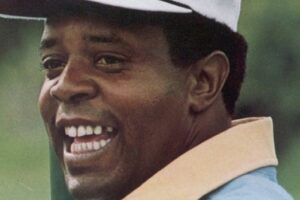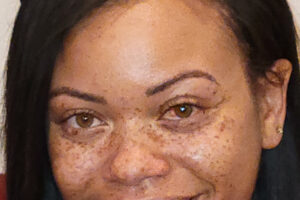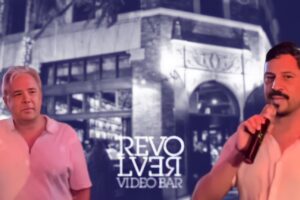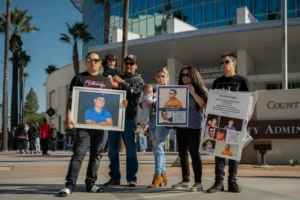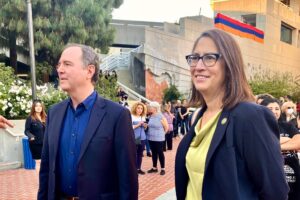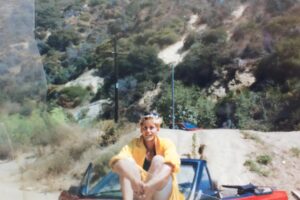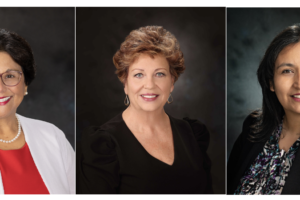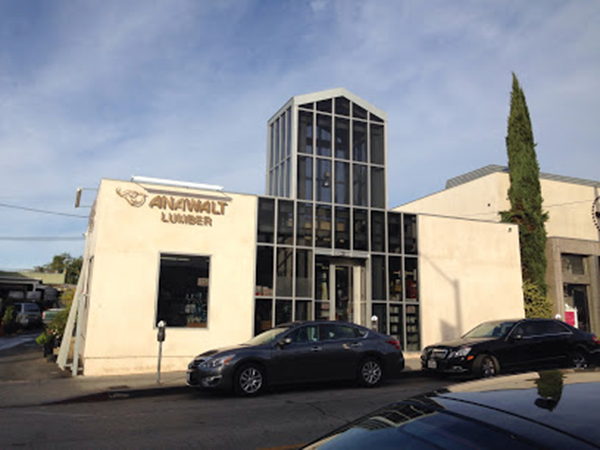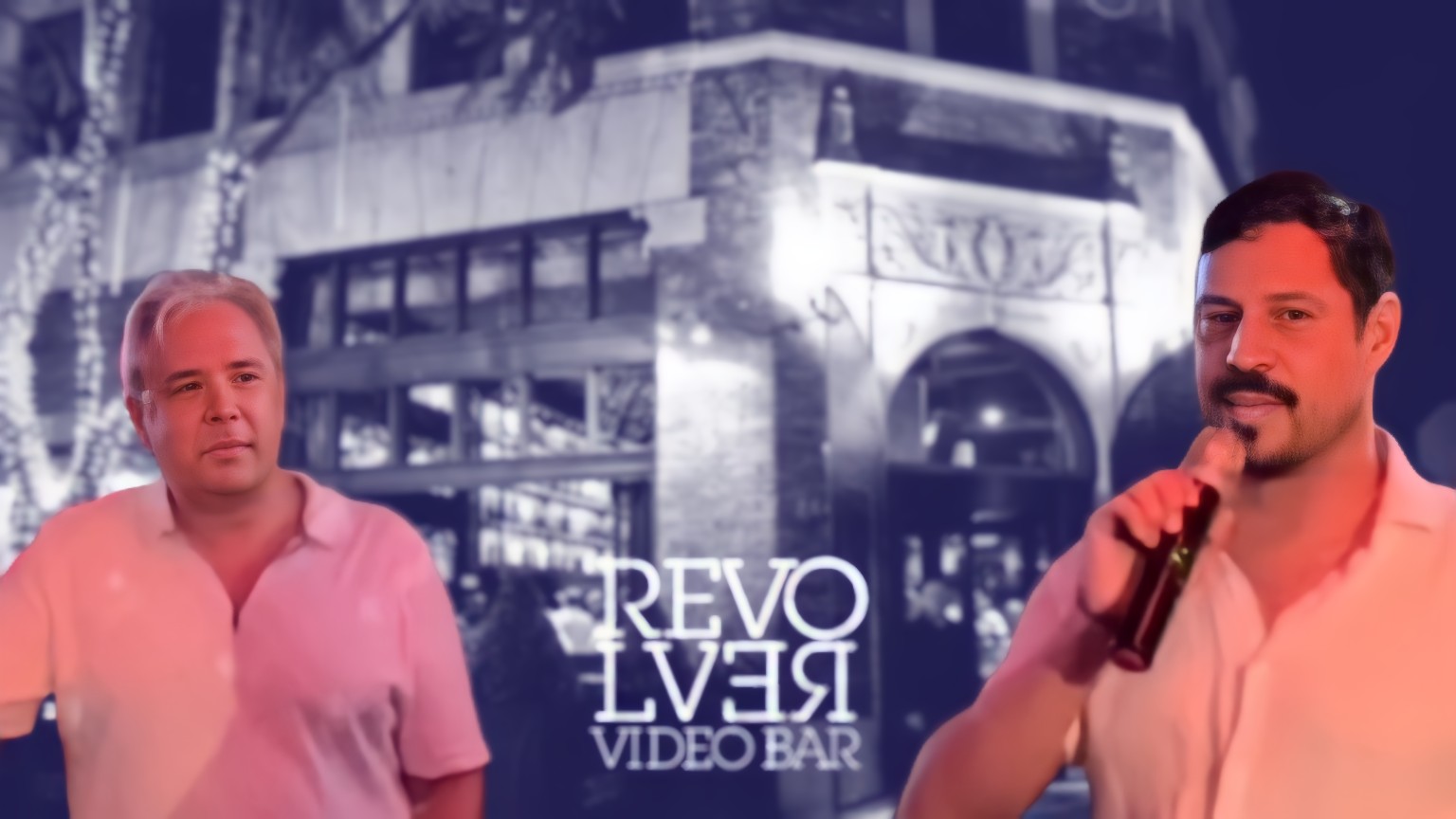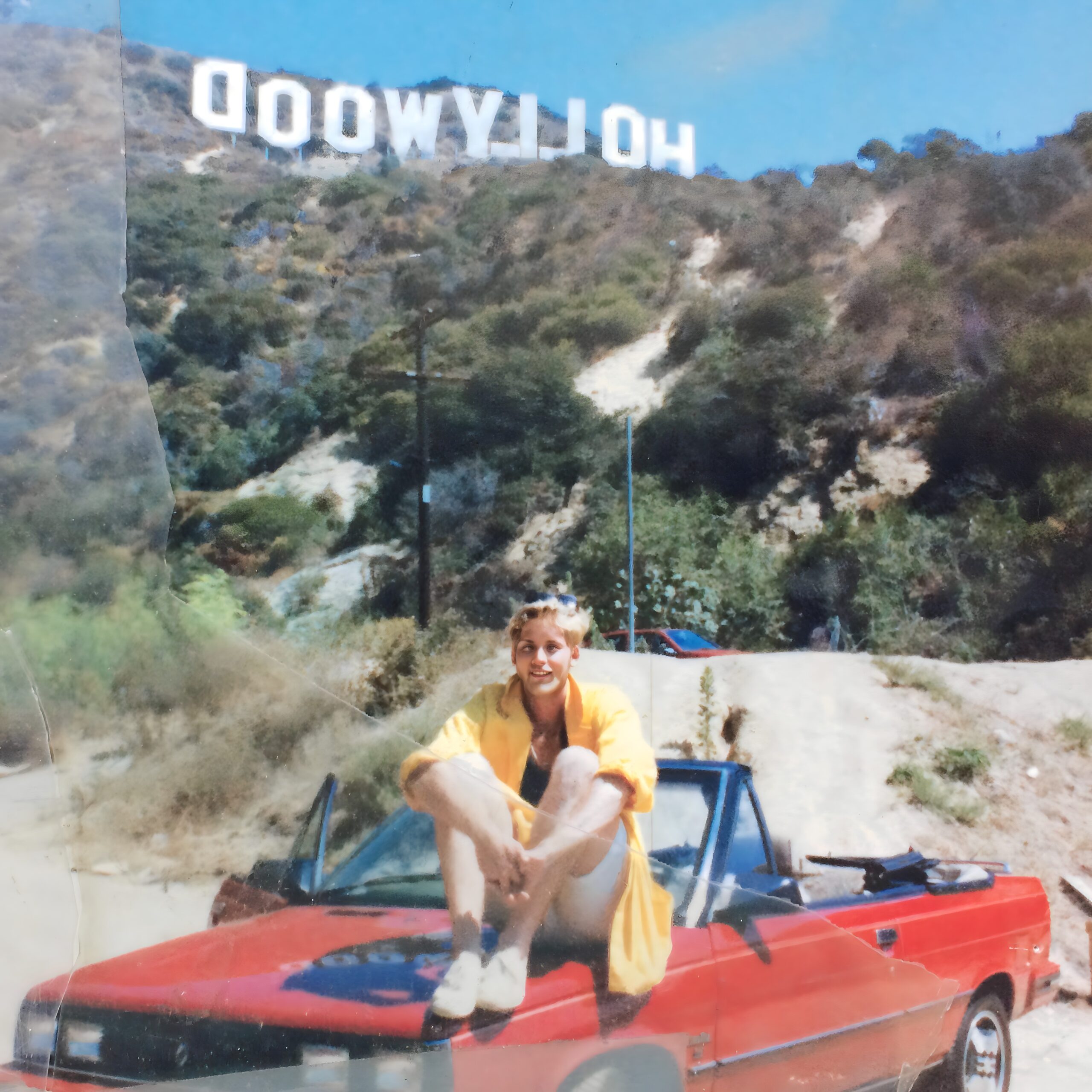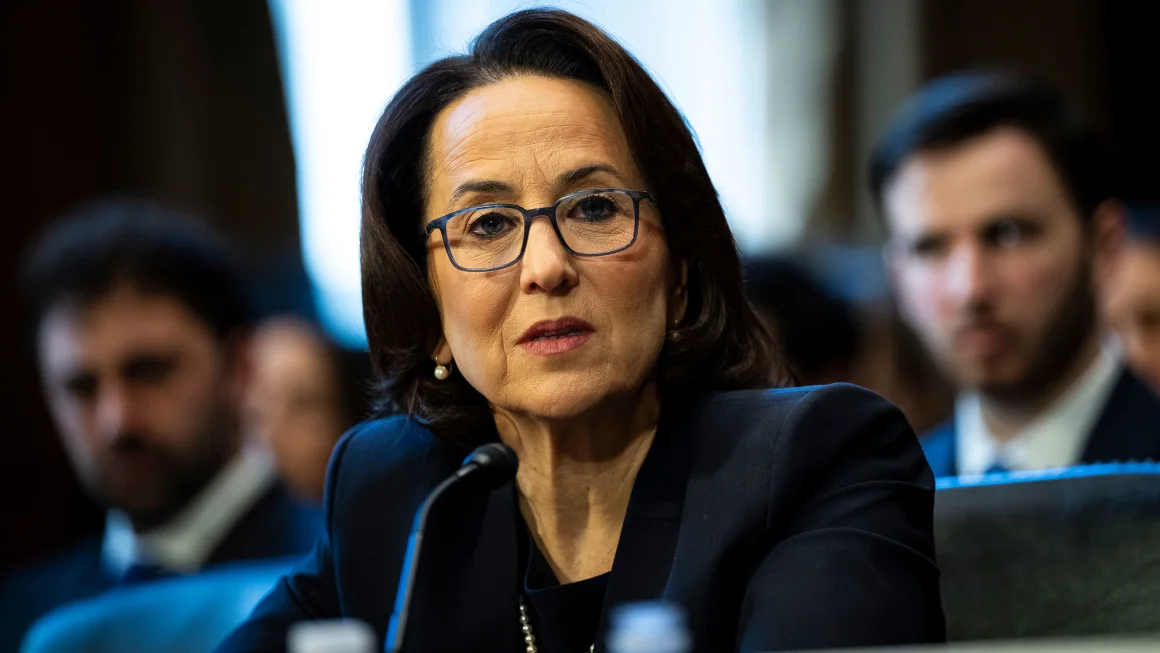By Juliet Bennet Rylah
Contributing Writer
WEST HOLLYWOOD — The city will experiment with a car-free Robertson Boulevard on weekends this spring in an effort to increase foot and bicycle traffic and provide additional opportunities for outdoor dining and other activities.
The City Council unanimously voted in favor of the proposal, co-sponsored by Councilmen John D’Amico and John Erickson, during a virtual meeting Feb. 16. Starting in mid-April, Robertson will be closed to vehicles at 6 p.m. Saturday through 2 a.m. Monday. The southbound closures will extend from Santa Monica Boulevard to the driveway at Anawalt Lumber, while the northbound lane will close from Santa Monica to El Tovar Place. The closure is designed to allow access to public parking lots and space for cars to turn around, if necessary.
Robertson Boulevard is a busy street, especially where it crosses Santa Monica. According to a city staff report, this “highly trafficked intersection is the epicenter of West Hollywood’s nightlife, with dozens of bars, nightclubs and restaurants within walking distance.”
Though the pandemic has caused a sharp downturn in nightlife everywhere, this particular area can get crowded with too many pedestrians for the sidewalks to accommodate and congestion caused by vehicle traffic, including taxi and rideshare drivers picking up and dropping off customers.
Throughout the three-month pilot, the city will monitor feedback from residents and business owners, particularly those that may be affected by the closures. This includes Hedley’s, a restaurant that uses the street for food pickups; and Anawalt Lumber. Owner Fred Anawalt wrote in opposition to the pilot program, saying it would negatively impact weekend sales by impeding customer access. After the pilot has ended, the city will decide if it wants to continue through the summer or expand hours to include Friday evenings.
The city has considered a pedestrian-friendly Robertson Boulevard for several years. In 2012, the City Council asked staff to evaluate a similar proposal, but deferred the issue due to concerns over parking.
This time around, the council cited several potential positives when making its decision, including pedestrian safety and more space for nearby businesses to offer outdoor pop-ups — something that’s become especially common during the pandemic through the city’s Outdoor Use Temporary (OUT) Zones program. In addition to outdoor dining, D’Amico suggested yoga classes, food trucks or carts and using the space to resume Alcoholics Anonymous or other support group meetings.
The motion received considerable support via public comment from residents who said the area lacks pedestrian space, such as Third Street Promenade in Santa Monica, and noted that it’s sometimes hard to navigate crowded sidewalks without walking in the street anyhow. Supporters also indicated they would like to see Robertson become a pedestrian zone every day, and would be interested in doing the same to other streets.
David Cooley, who owns the nearby restaurant and nightclub The Abbey, also voiced his support during public comment, as did CicLAvia founder Aaron Paley. Paley wrote that in his experience with open streets events, he’s seen the benefits they can offer nearby businesses and how important open spaces are for people.
“We’re actually seeing that in the pandemic,” Paley told a reporter. “Businesses need to spill out into the public space, and the public space is inadequate. We have these very narrow sidewalks because we have spent the last century in Los Angeles taking the public space away from the public and giving it to the cars.”
In 2015, Madeline Brozen of the Lewis Center for Regional Policy Studies, part of the UCLA Luskin School of Public Affairs, published a study examining the economic impact of four CivLAvia events in 2013 and 2014. It found that while some businesses, such as grocery stores, received less business on CivLAvia days, smaller retail outlets like convenience stores and restaurants saw increased business. Additionally, businesses that actively participated in the community event saw a 50% increase in sales on average.
Opposition to the closure came from residents concerned about increased traffic on residential side streets, which they argued could prevent or limit emergency vehicle access, and a loss of parking.
Councilwoman Sepi Shyne pointed out that most residents have permit parking on their streets and because the closures still allow access to public lots, the only lost parking will be metered street parking. She also noted this is only a test.
“If it doesn’t work, like with all our other pilots, we could scrap it. If it works and people enjoy it, then maybe it gets expanded,” she said.
Other commenters were opposed to testing anything during a pandemic. However, Mayor Lindsey Horvath said other pilots have started during the pandemic in part because there is reduced traffic overall.
“Those changed conditions potentially create fewer impacts than when everything is business as usual,” Horvath said. “I think that if it can’t work in these constrained conditions, it’s definitely not going to work in everyday full-blown life,” she said.
Juliet Bennett Rylah is a freelance reporter who covers Hollywood and West Hollywood. She can be reached at jbrylah@gmail.com.

